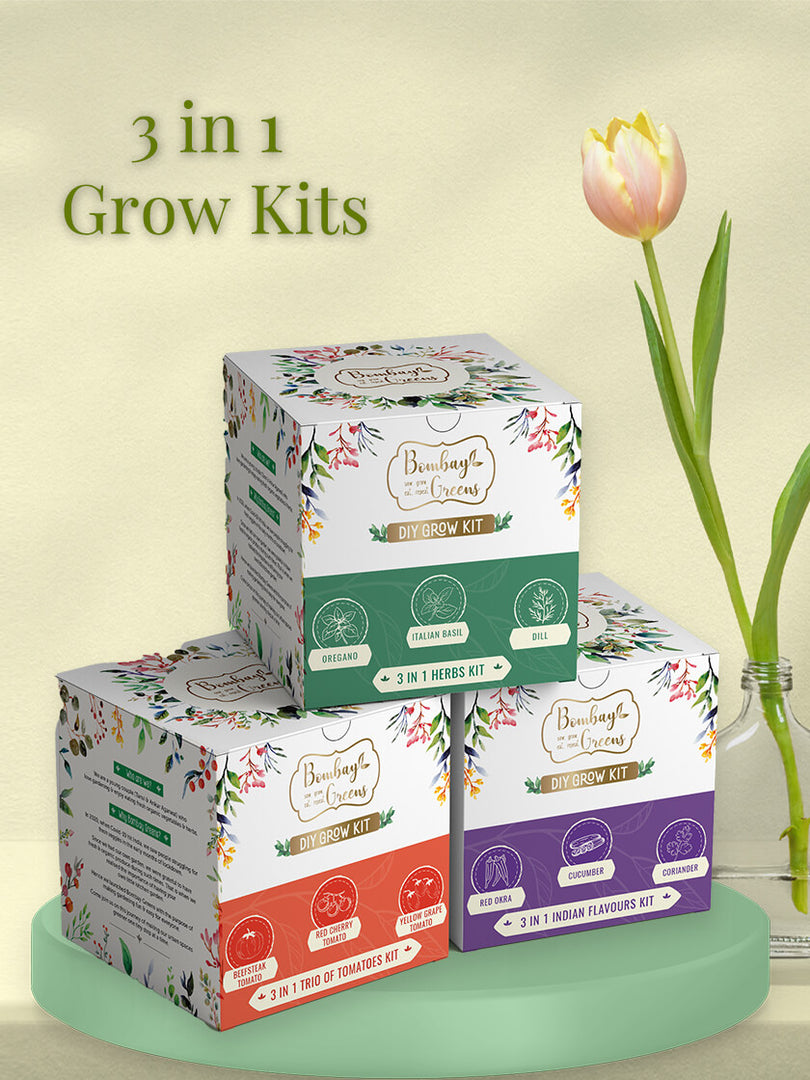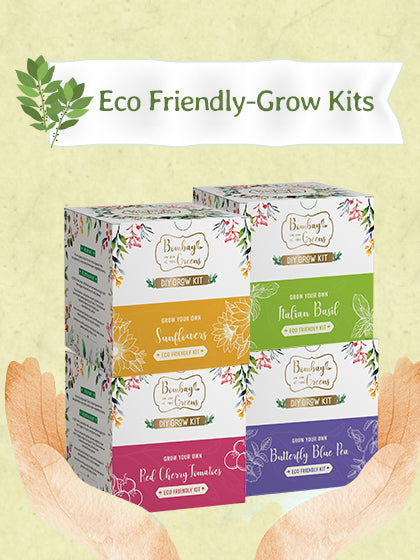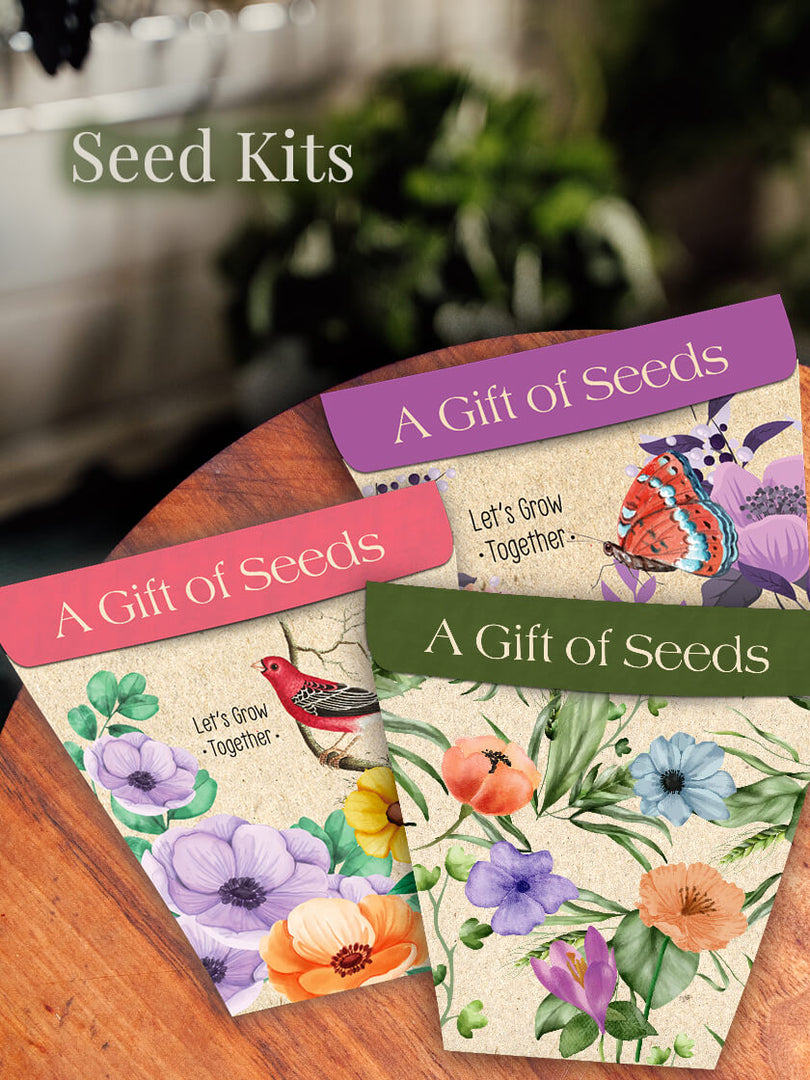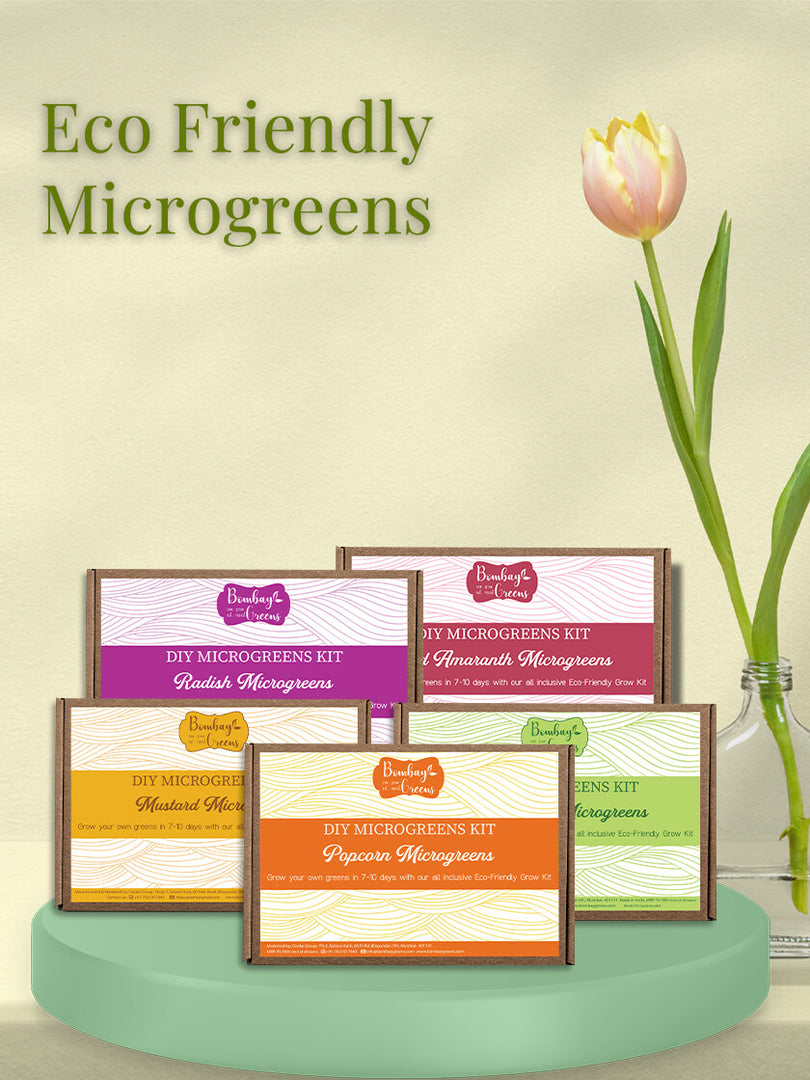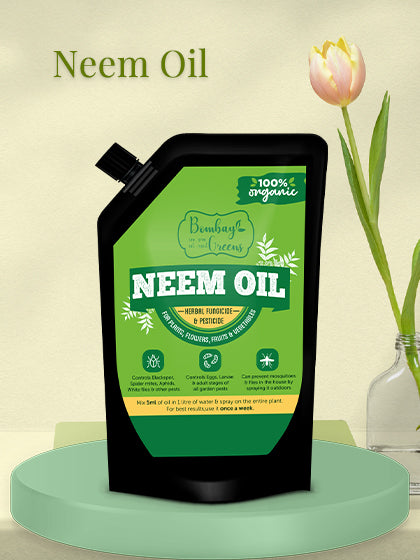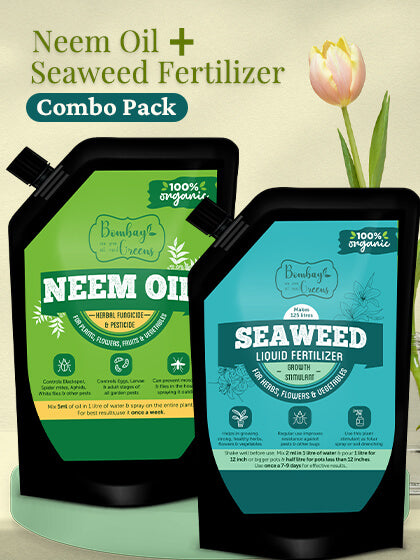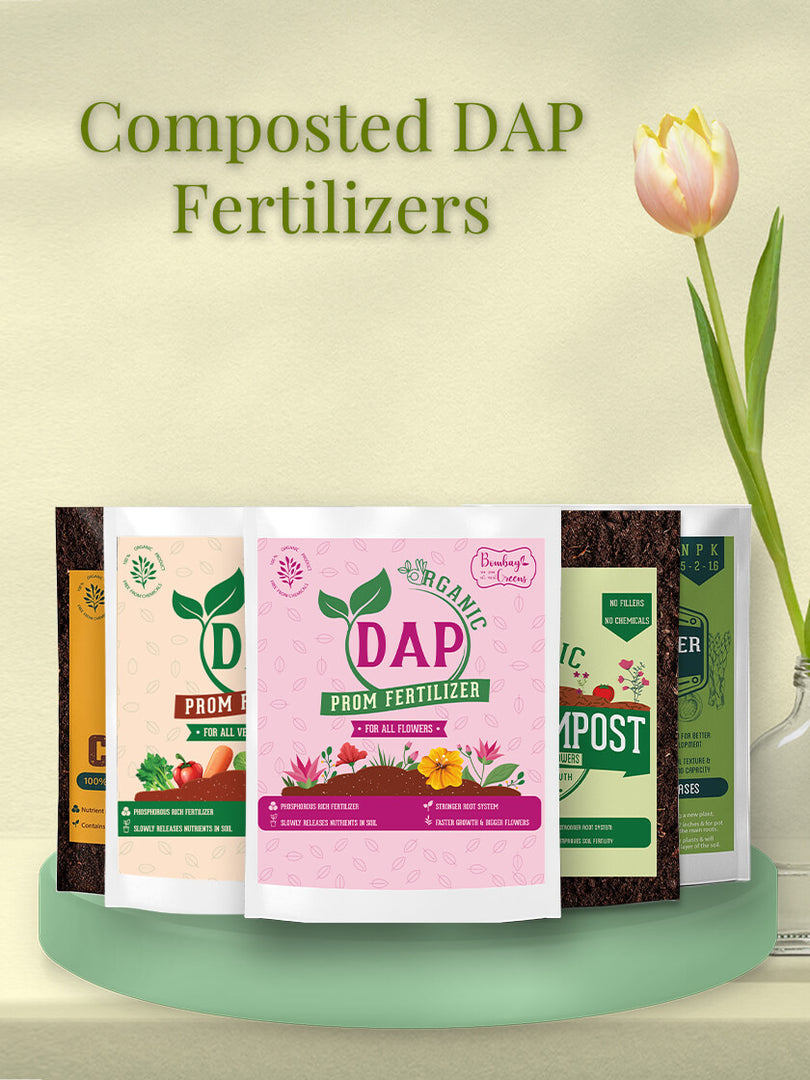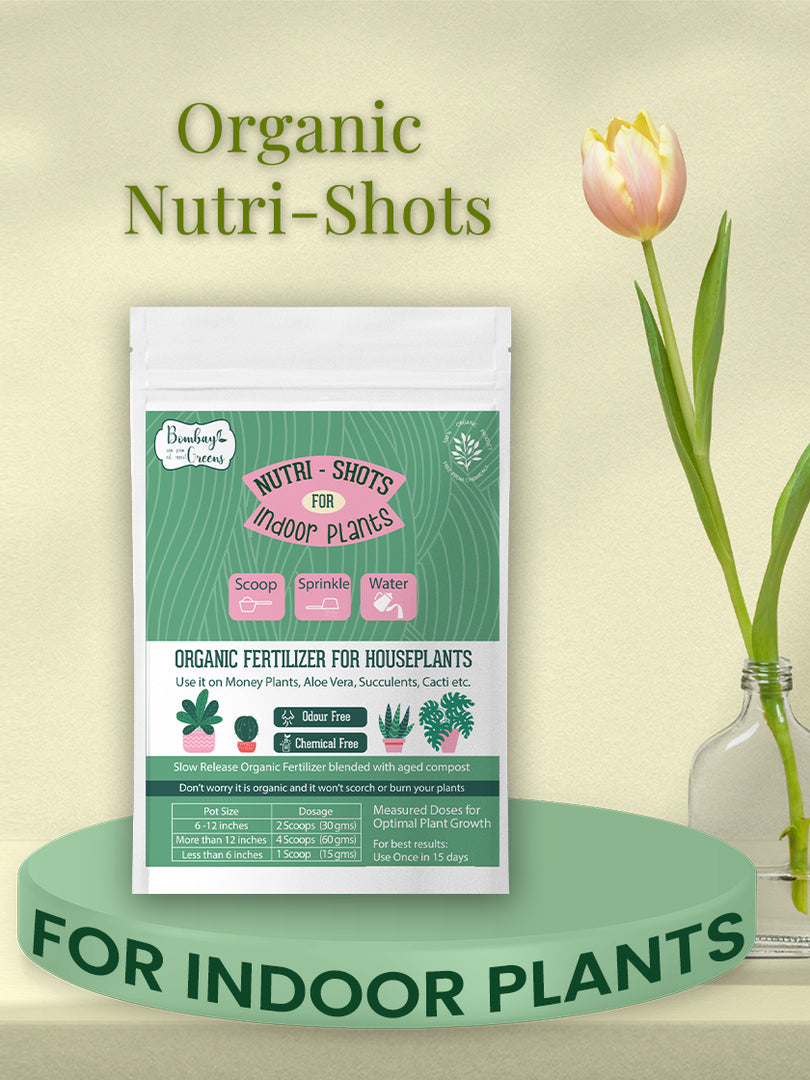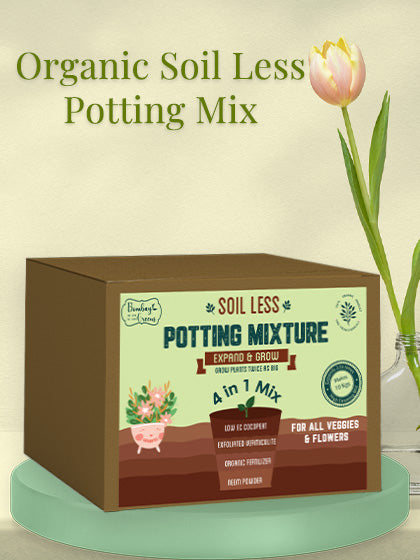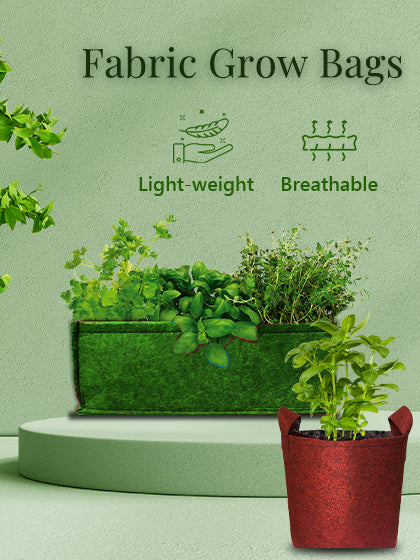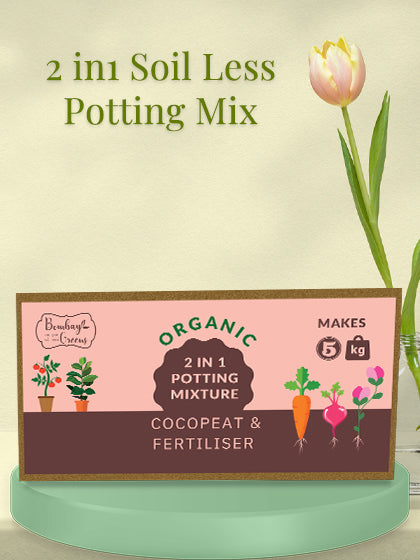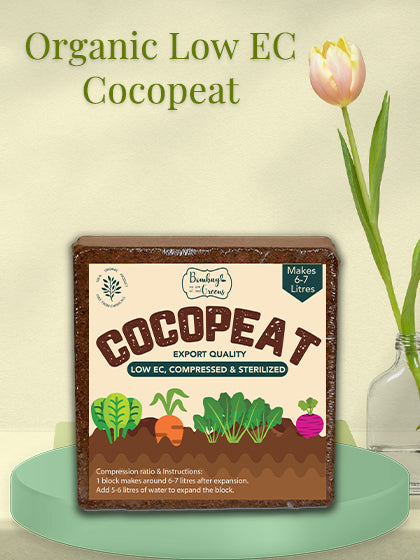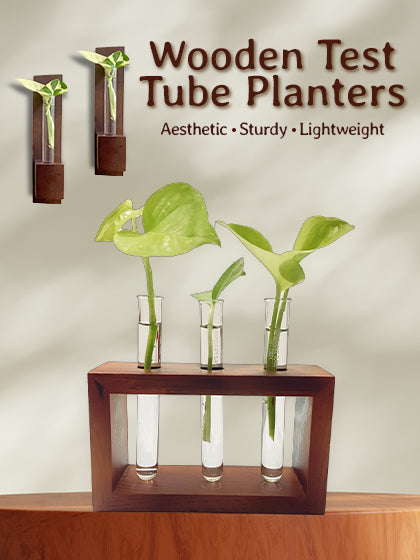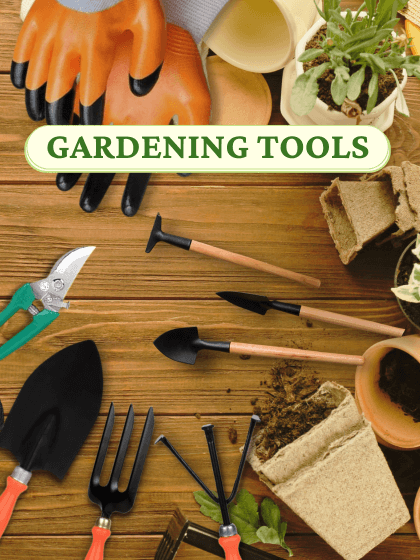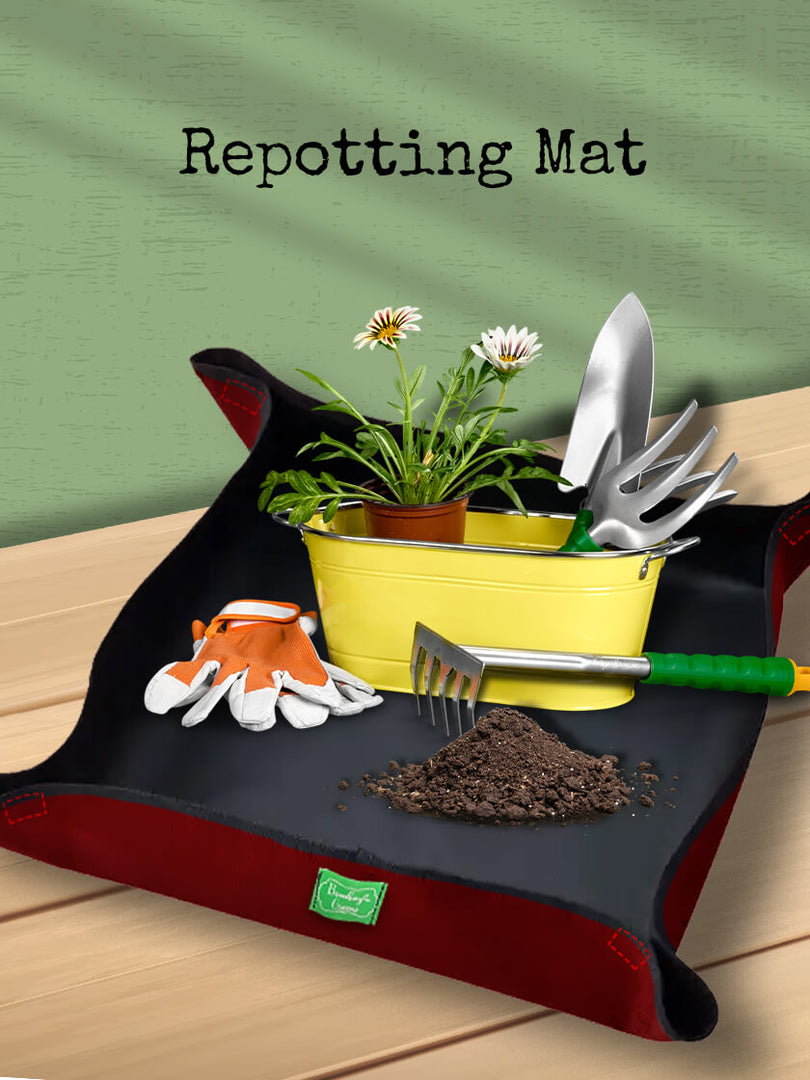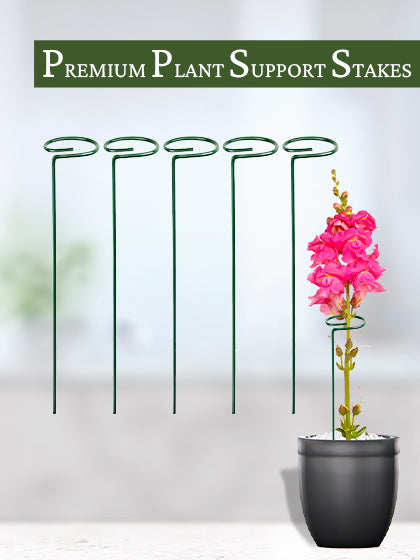Easy Steps to Grow Aloe Vera Plant at Home
Aloe vera plant is a must-have in every home, even if you are a beginner at gardening. Planting aloe vera at home is very easy, and it has many benefits for you. From skincare to medicinal uses, aloe vera uses and benefits make it one of the most popular plants for urban gardeners.
You can grow Aloe Vera at Home and get the aloe vera benefits easily with the help of this blog. In this blog, we have covered everything you need to know about the Aloe vera plant. From types of aloe vera plants to aloe vera plant care, we have answered all your queries here. So keep reading!
Choosing the right types of aloe vera plants.
There are different types of Aloe Vera plants, and choosing the right one requires you to be acquainted with their attributes:
- Aloe barbadensis miller
This is the most popular variety which is characterised by thick, fleshy leaves. It has many skin-nourishing and medicinal properties.
- Aloe aristate
This type of Aloe Vera plant features white teeth on leaf edges. This is an ornamental plant and its uses do not extend far beyond that.
- Aloe polyphylla
It had spiral leaf arrangements and gorgeous blooms. It works best for aesthetic purposes.
- Aloe arborescens
Found in southern Africa, this variety of Aloe vera plants can grow up to 10 feet tall. It is popular in traditional medicines to heal burns and cuts, as it has a higher concentration of active compounds.
- Aloe brevifolia
This short-leaf variety of Aloe vera is generally used as an ornamental plant. This is a low-maintenance plant that prefers sandy and dry soil.
- Aloe ferox
Aloe ferox is used for its medicinal properties for skin care and digestive health, as well as as a natural laxative. It has vibrant red-to-orange flowers, which sets it apart from other varieties of aloe vera.
Tips on selecting healthy plants from nurseries or online
To look for the best type of Aloe Vera plant, look for;
- Plump leaves that do not have any discolouration or spots.
- You can also check the roots of the plants to ensure that they are not too dry or rotting.
- Always purchase from trusted sources like Bombay Greens to ensure quality.
Essential Materials and Tools
For effective Aloe Vera plant care and cultivation, you will need the following things;
- Choose pots that prevent waterlogging and aid temperature regulation.
- Your potting mix should be of high quality so that the water can easily flow through it.
- You will need a trowel for digging and planting!
- Shears to keep your plants in shape.
- A watering can that hydrates your plants. There is something so therapeutic about using a gardening can in your gardening routine.
- Use gloves to protect your hands while digging in the dirt.
- Go for organic fertilisers to nourish your plants.
- You can use labels to keep track of your plants.
- A little spray bottle for watering delicate seedlings.

| What's in the article: |
Your Ultimate Guide on How to Grow Aloe Vera
Explore the essential steps and tips for Aloe Vera plant care with our ultimate guide on how to grow Aloe Vera.
Prepare The Soil
Aloe Vera thrives in soil that drains well and allows for good air circulation. You have two options: purchase cactus or succulent soil from a gardening store or create your own mix. To make your best soil for aloe vera, blend together 50% potting soil, 30% sand, and 20% perlite. This mixture provides the ideal growing medium for your aloe vera plant. Also, don’t forget to add an organic potting mix to ensure healthy plant growth.
For more detailed information on selecting the right soil for your plants, check out our blog on Complete Guide To Finding The Best Soil.

1. Choose the right pot.
Choosing the correct pot is crucial for the aloe vera plant care. Select a pot with drainage holes at the bottom to avoid water buildup and prevent root rot. Ceramic or terra cotta pots are recommended because they allow for better airflow to the roots. Ensure the pot size is large enough to accommodate the plant's root system comfortably, leaving some room for growth.


2. Plant your Aloe Vera
Handle your aloe vera plant gently when transferring it from its old pot to a new one. Place the plant in the middle of the new pot and fill around the roots with the soil mixture you've prepared. Make sure to plant it at the same depth it was in its old pot. Lightly press the soil around the plant to keep it securely in place.

3. Positioning the Aloe Vera
A healthy Aloe Vera plant thrives in bright, indirect sunlight. South-facing or bright east- and west-facing windows are ideal spots for your plant to grow. It can also be kept outdoors in a shady spot if the temperature remains between 13°C and 27°C.
Back to top
4. Water your Aloe Vera
The other Aloe Vera plant growing tips is infrequent watering. Wait for the top layer of soil to dry out before watering again, which may take 2 weeks or more in winter and 1-2 weeks in the summer. Avoid over-watering as it is one of the biggest reasons for root rot in aloe vera.
Back to top
5. Fertilizing
Aloe Vera requires minimal feeding. Use a balanced, water-soluble fertiliser specifically designed for succulents once a month during the growing season (spring and summer). For healthy plant growth you can also check out Bombay Greens’ organic fertilizers.
6. Monitor growth and repot if needed
Aloe vera grows slowly, but it continuously produces new offshoots over time, called pups. Once these pups are about half the size of the mother plant, they can be carefully separated and potted independently. Be sure to provide sufficient space, drainage, and the best soil for Aloe vera pups.
Back to top
7. Maintain plant health
Inspect the leaves regularly for pests and diseases. A healthy aloe vera plant will have firm leaves with no discolourations, and the leaf edges will not be curled. If you notice any issues, you can gently wipe the leaves with a mixture of water and neem oil, or use insecticidal soap to treat infestations.
8. Ideal light conditions (sunlight requirements)
Aloe vera needs about 6-8 hours of light per day. However, too much sun, especially in the afternoon, can cause the leaves to turn brown. If you are growing Aloe Vera indoors, you can place it by a window to maximise sunlight, and the plant can be put in partial shade if it is brown outdoors.
9. Temperature and humidity considerations
This succulent prefers warm conditions and does not like being in cold. However, it tolerates moderate humidity very well. When you water Aloe Vera, make sure that the soil stays dry between watering sessions to keep root rot away.
How to Incorporate Aloe Vera Uses into Your Daily Routine
Wondering how to use the aloe vera plant in your daily routine? Well, it is easy and beneficial due to its versatile nature. Here are some simple ways to do it:
1. Aloe Vera Gel for Skin Care
Aloe vera serves as a light, hydrating moisturizer that absorbs quickly, leaving your skin feeling fresh and ready for the day. You can start your day by applying aloe vera gel to your face after washing it. For men, aloe vera can be used as an after-shave treatment to calm and moisturize skin irritated by shaving.
2. Aloe Vera Juice for Internal Health
Drinking aloe vera juice can really make a difference in how you feel inside. When you drink it, you might notice your digestion feels smoother and more comfortable. Aloe vera juice is also great for keeping your immune system strong, helping you fight off those yucky bugs that can make you feel sick.
3. Hair Care with Aloe Vera
If your scalp feels dry or itchy, aloe vera can help soothe and moisturize it. You can use it as a conditioner after shampooing or incorporate it into homemade hair masks for added nourishment.
4. Aloe Vera as a First Aid Remedy
Aloe vera is reed for its ability to effectively treat cuts, burns, and minor skin irritations, serving as a powerful natural remedy. It's quick to apply, absorbs fast, and leaves your skin feeling refreshed. Keep a bottle in your first aid kit for its soothing and healing benefits—it's like having nature's bandage at your fingertips whenever you need it.
Common Challenges and Solutions
If you are wondering about how to grow Aloe Vera at home, you can be mindful of these challenges that might confront you along the way;
- Aloe vera is susceptible to pests, which can weaken the plant. If left unchecked, it can weaken the plant and promote fungal growth. If you spot any pests, you can clean the leaves with some water and soap or spray some neem oil.
- Overwatering is another common problem when it comes to taking care of your Aloe Vera plant. It needs the soil to dry out between waterings, as too much moisture can damage roots. Similarly, too much sun can cause browning of leaves. To curb this problem, you can choose a self-draining pot as well.
- If you are growing Aloe Vera indoors, you can rotate the plant regularly so that each side receives adequate sunlight. Avoid exposure during harsh sunlight hours.
Aloe vera plant care tips
It is very easy to grow Aloe vera at home, as it is a low-maintenance plant. Here are some tips to care for your Aloe vera plant at home:
- Water only when needed
Aloe vera is a succulent, so it does not need a lot of water. Always check the soil, and only water it when the soil is dry. Poke a toothpick into the soil; if the toothpick comes out clean, it means the soil is dry. - Use a good potting mix
Aloe vera should be potted in well-draining soil that doesn’t hold water. Go for a chunky potting mix that has cocopeat or perlite in it. -
Use a wide pot
Instead of a deep pot, go for a wide pot when planting Aloe vera at home. The roots of aloe vera do not go very deep, so deep pots can lead to waterlogging and rot eventually.
- Keep away from direct sunlight
Harsh sunlight can dry your Aloe vera leaves, so you will not get enough aloe vera gel from your plant. Keep it in indirect sunlight for maximum gel. -
Fertilising
You should use organic fertiliser twice a year for your Aloe vera plant during spring and summer. You can also use a potassium-rich liquid fertiliser like liquid NPK every couple of months.
Conclusion
Growing aloe vera at home is not only simple and rewarding but also provides a natural remedy for various health concerns. With minimal Aloe Vera plant care and attention, you can enjoy the benefits of this versatile plant year-round, adding a touch of greenery and health to your living space. Whether for its soothing gel or aesthetic appeal, aloe vera is a valuable addition to any home garden.
For your aloe vera journey made simple, explore Bombay Greens garden supplies, tools kit, and convenient fabric grow bags. Enhance your indoor or outdoor space with these essentials for successful aloe vera cultivation. Visit Bombay Greens today for gardening supplies and start growing your own soothing and healing oasis at home. Back to top
FAQS
1. What to do with the aloe leaves?
Aloe leaves can be used to extract gel, which is great for soothing skin burns, cuts, and irritations. Simply cut a leaf, squeeze out the gel, and apply it directly to the affected area.
2. Which is the best soil for aloe vera?
Aloe Vera thrives in well-draining soil mixtures. A mix of cactus potting soil or sandy soil with perlite is known as the best soil for aloe vera. It's important that the soil doesn't hold too much water to prevent root rot.
3. Do aloe vera plants flower?
Yes, aloe vera plants can flower, usually in the spring or summer. The flowers are tubular and grow on tall stalks above the main plant.
4. When can I harvest aloe vera leaves?
Aloe Vera leaves mature after almost 2-3 years of growth. Once the outermost leaves of Aloe Vera are 8 to 10 inches long, you can harvest them.
5. What should I do if my aloe vera leaves turn yellow?
While doing Aloe Vera plant care, if you notice that the leaves have turned yellow, you can adjust the watering and sunlight schedule. You can also try reporting the plant in a breathable grow bag to restore the plant's health.

Tanvi Agarwal - Co-founder
Driven by a deep-seated love for nature and a keen entrepreneurial spirit, she co-founded Bombay Greens, transforming urban spaces into thriving green havens. Recognizing the need for accessible and sustainable gardening solutions in the bustling city, she poured her passion into building a brand that empowers individuals to cultivate their own green spaces, regardless of their location or experience. Her vision extends beyond simply selling gardening items; it's about fostering a community connected to nature, one balcony, rooftop, and windowsill at a time.

